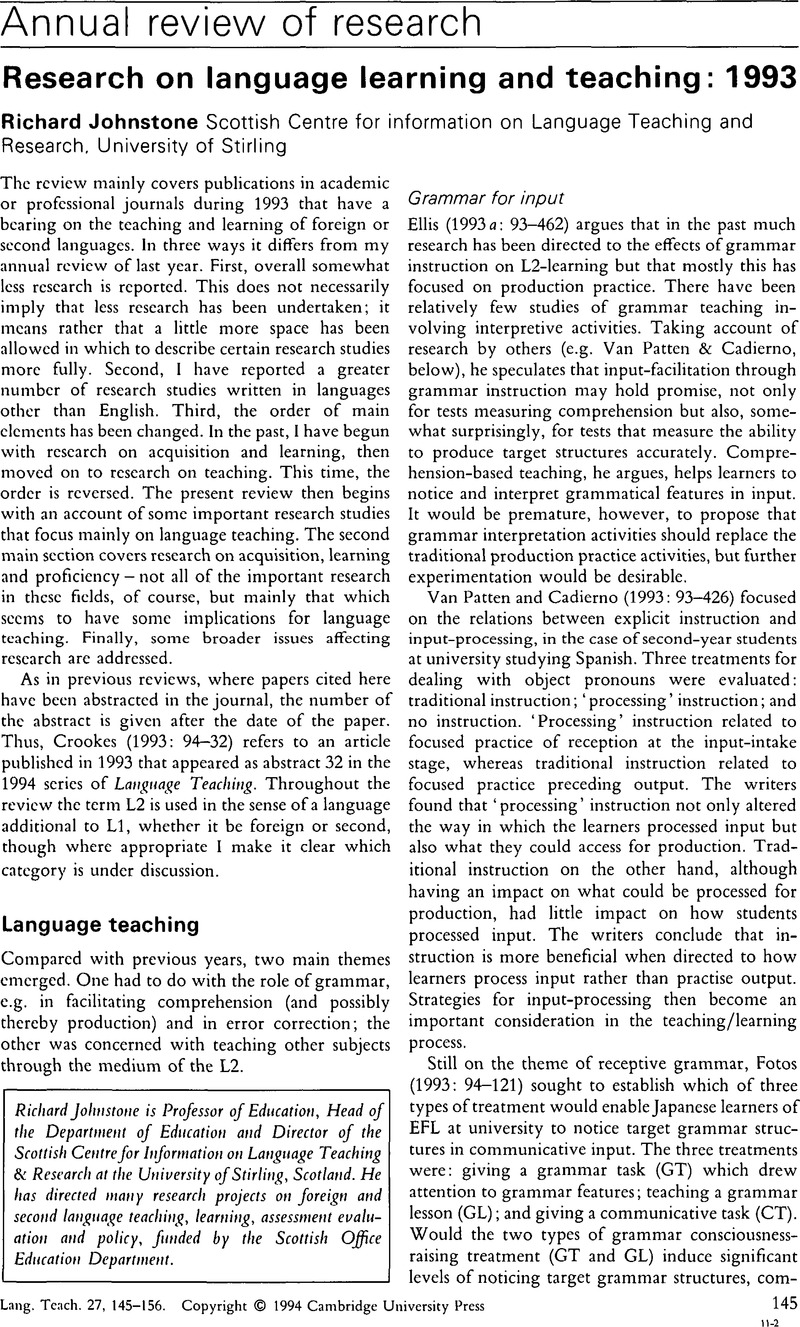Crossref Citations
This article has been cited by the following publications. This list is generated based on data provided by Crossref.
Freeman, Mike
1999.
The language learning activities of students of EFL and French at two universities.
The Language Learning Journal,
Vol. 19,
Issue. 1,
p.
80.


